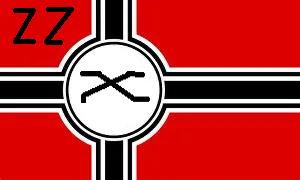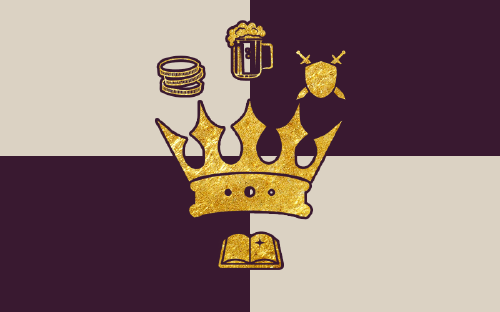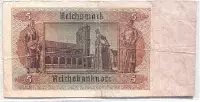Official Name: The Sovereign State of Luxencranie
Common Name: Verdammte !@#$
Form of Government: Totalitarian Fascist Dictatorship
Political Ideology: National Socialism (Nazism)
Head of State and Government: Supreme Leader (Führer)
National Anthem: Luxencranie Forever
Currency: Reichsmark (subdivided into 100 Reichspfennig)
National Animal/Symbol: Eagle (Reichsadler)
Capital: Berlin
Official Languages: English and German
Overview:
Luxencranie, commonly referred to as Verdammte !@#$, is a totalitarian state modeled entirely after the !@#$. It operates under the Führerprinzip, with the Supreme Leader holding absolute authority over all branches of government, military, and society. The nation emphasizes extreme nationalism, authoritarianism, and militaristic expansion, enforcing ideological conformity through propaganda, surveillance, and suppression of dissent.
The ruling party, the Luxencranic National Front (LNF), monopolizes political power. Political opposition is forbidden, independent media is banned, and all social, cultural, and economic activity is controlled or closely monitored to reflect !@#$ ideals. Public demonstrations, parades, and educational programs reinforce loyalty to the state and glorify the Reichsadler as the embodiment of the nation’s strength and vigilance.
Political Structure:
The Luxencranic government is strictly hierarchical, with power centralized in the hands of the Supreme Leader and his appointed ministers. The legislature exists only as a ceremonial organ to approve decisions preordained by the Führer. Administrative regions are managed by party loyalists who enforce strict adherence to the !@#$ ideology and ensure total compliance with government directives.
Military Doctrine:
Luxencranie maintains a highly militarized society. Military service is mandatory, and the armed forces—the Imperial Army, National Guard, and Air and Naval Forces—are directly loyal to the Supreme Leader. Military doctrine emphasizes territorial expansion, pre-emptive aggression, and rapid mobilization, justified as securing the nation’s future and living space. Uniforms, parades, and symbols such as the Reichsadler cultivate both discipline and reverence for leadership.
Economic System:
The economy is centrally planned and state-controlled, prioritizing militarization, infrastructure, and national projects. Key industries such as armaments, energy, transportation, and media are fully nationalized. Citizens contribute through labor programs, and wages, resource distribution, and production targets are set to ensure maximum efficiency in service of the state’s goals. Economic independence and autarky are core principles, reflecting the regime’s focus on long-term stability and self-sufficiency.
Culture and Society:
Luxencranie’s cultural life is dominated by state-approved arts and media, designed to instill loyalty, national pride, and ideological adherence. Education is mandatory and infused with military, historical, and ideological instruction. Citizens are expected to uphold !@#$ ideals in every aspect of life. Dissent is harshly punished, and social surveillance ensures total ideological compliance.
Symbols:
Flag and Emblem: The Reichsadler features prominently in the national flag and official emblems, symbolizing the nation’s strength, vigilance, and supremacy.
Currency: Reichsmark, subdivided into 100 Reichspfennig, reflecting historical symbolism.
National Anthem: Luxencranie Forever, praising the Führer, national unity, and military might.
Foreign Policy:
Luxencranie pursues an aggressive foreign policy based on national expansionism, strategic alliances, and military dominance. Diplomacy is guided solely by national interests, and pre-emptive action against perceived threats is a central tenet. The nation projects power both militarily and symbolically, reinforcing its dominance and national pride.
National Identity:
The national identity revolves around absolute loyalty to the Führer, adherence to !@#$ ideology, and the glorification of militarism and nationalism. Public rituals, holidays, and education cultivate a shared sense of destiny and purpose. The Reichsadler and Reichsmark serve as constant reminders of the state’s authority and the supremacy of its ideals.
Summary:
Luxencranie, or Verdammte !@#$, is a totalitarian state that mirrors !@#$ Germany in government, ideology, symbols, and currency, with the capital in Berlin and English and German as official languages. Citizens live under a rigid hierarchy where loyalty, obedience, and military service are paramount. The nation embodies a militarized, nationalistic, and authoritarian society in which the Supreme Leader wields ultimate power, the Reichsadler dominates national symbolism, and all aspects of life are subordinated to the state’s goals.














